The world of chemistry has long been associated with sterile white lab coats, colorless solutions, and the pursuit of invisible reactions. Yet beneath this monochromatic facade lies a vibrant revolution—one that merges science with artistry through the alchemy of chemical dyeing. Laboratories worldwide are becoming unexpected studios where molecular transformations yield dazzling hues, rewriting the rules of color creation.
At the heart of this chromatic renaissance is a fundamental shift in how researchers approach synthetic dyes. Gone are the days when industrial dye production relied solely on petroleum-based compounds and environmentally hazardous processes. Modern chemists now manipulate molecular structures with surgical precision, coaxing colors from unlikely sources—bacteria, plant enzymes, even recycled electronic waste. A team at the University of Cambridge recently stunned the textile industry by developing a palette of iridescent blues derived from genetically modified E. coli bacteria, proving that biological systems could outperform traditional synthetic methods in both vibrancy and sustainability.
The implications extend far beyond aesthetics. In Tokyo, a research group has pioneered light-responsive dyes that change color when exposed to specific pollutants, effectively turning fabrics into wearable environmental sensors. A dress dipped in their patented formulation shifts from cornflower blue to burnt orange upon detecting airborne heavy metals, offering both a fashion statement and a public health warning. Meanwhile, at MIT, scientists have created self-healing pigments inspired by cephalopod skin—microscopic capsules that release colorants when scratched, automatically repairing surface blemishes while maintaining chromatic integrity.
Laboratory breakthroughs are also resurrecting ancient techniques with quantum-age twists. The legendary Tyrian purple, once extracted from Mediterranean sea snails at astronomical cost (requiring 10,000 mollusks for a single gram of dye), can now be synthesized using fermentation technology adapted from pharmaceutical production. This modern incarnation not only matches the historical dye's legendary colorfastness but does so without endangering marine ecosystems. Similarly, traditional indigo vat dyeing—a process historically dependent on urine fermentation—has been revolutionized through electrochemical reduction methods that eliminate foul odors while cutting water usage by 90%.
Perhaps most remarkably, this color revolution thrives on interdisciplinary collisions. Physicists contribute structural color techniques borrowed from butterfly wing research, creating hues that never fade because they originate from nanoscale light refraction rather than pigments. Materials scientists develop chameleon-like coatings for military applications that adapt to surroundings, while biomedical engineers design fluorescent tags that help surgeons distinguish cancerous tissue during operations. The line between functional chemistry and artistic expression blurs daily in these laboratory-ateliers.
As environmental regulations tighten globally, the economic potential of sustainable dye technologies becomes undeniable. Fast fashion giants now invest heavily in lab-grown colorants, seeking alternatives to the toxic effluent that traditionally turned rivers near textile mills into surreal, chromatic nightmares. The market for bio-based dyes is projected to reach $5 billion by 2027, with luxury brands particularly eager to adopt these innovations—both for their eco-credentials and for the entirely new spectral possibilities they unlock.
Yet challenges persist. Scaling laboratory successes to industrial production remains fraught with technical hurdles, and the human eye's astonishing ability to detect subtle color variations means that batch consistency becomes a molecular-level puzzle. Some traditional dyers also question whether machine-perfect hues can ever replicate the organic imperfections that give hand-dyed textiles their soul. Nevertheless, as more artists collaborate directly with chemists, and as consumers grow increasingly color-literate through digital device exposure, the demand for these advanced chromatic technologies will only intensify.
The petri dishes and spectrophotometers of modern labs might seem far removed from the dyer's vats of history, but they share the same fundamental quest—to harness nature's hidden palette. What began as a scientific curiosity has blossomed into a full-fledged chromatic revolution, proving that some of humanity's most vivid expressions still emerge from the meticulous dance of molecules under laboratory lights.

By /Jul 9, 2025

By /Jul 9, 2025
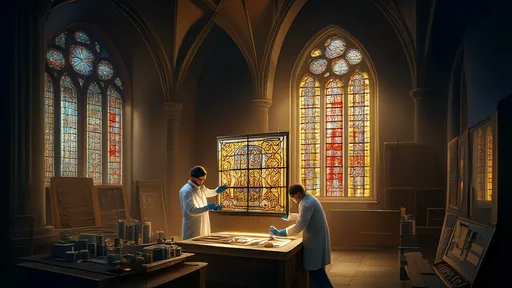
By /Jul 9, 2025

By /Jul 9, 2025
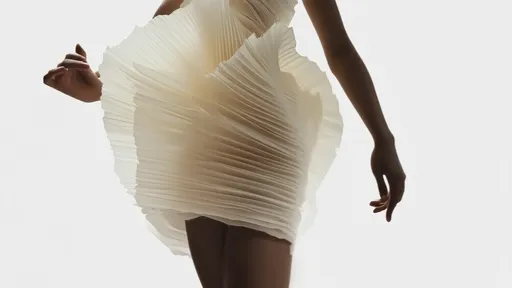
By /Jul 9, 2025

By /Jul 9, 2025
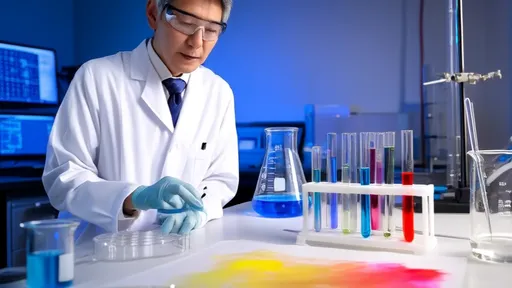
By /Jul 9, 2025

By /Jul 9, 2025

By /Jul 9, 2025

By /Jul 9, 2025
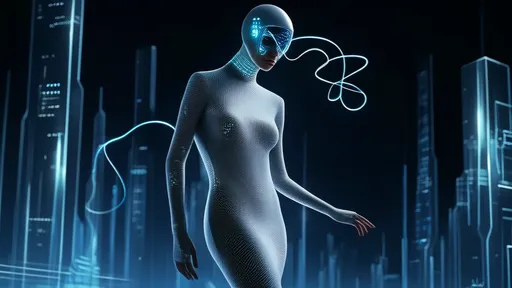
By /Jul 9, 2025

By /Jul 9, 2025

By /Jul 9, 2025
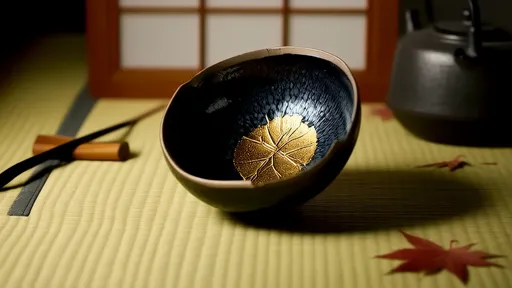
By /Jul 9, 2025

By /Jul 9, 2025

By /Jul 9, 2025

By /Jul 9, 2025

By /Jul 9, 2025